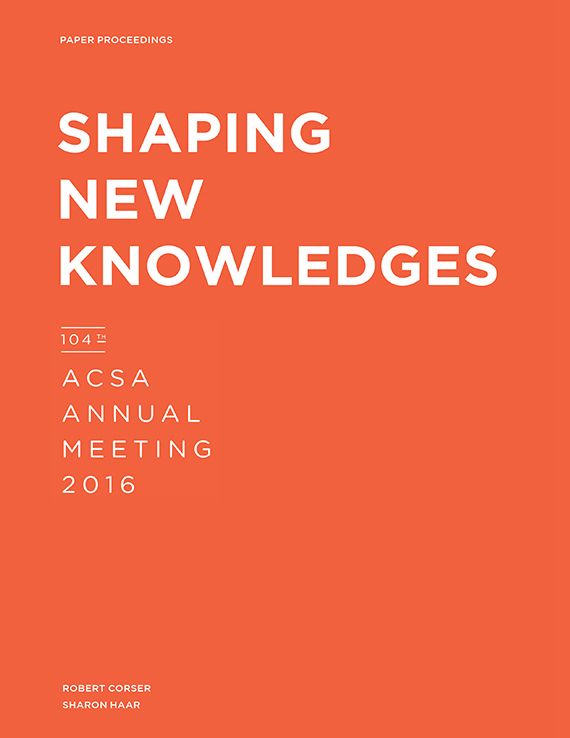Author(s): Caitlin Mueller & Renaud Danhaive
In architectural design, the past decades have been marked by the evolution of the computerfrom a drawing instrument to a design tool. It is clear that computation has had, and willcontinue to have, a significant impact on the design process. Bill Addis (2007) identifies thepost-1960’s period as the Computer Age in structural design, and this classification is, if notabsolute, relevant for architecture as well. Computers have not only enabled the constructionof some of the world’s most daring structures, but also have also given birth to newstyles and visions. Styles were constructed based on the new modeling possibilities offeredby software and the computer played a crucial role in the development of new architecturalvisions in the second part of the twentieth century (Picon, 2010). However, computationand, specifically, the development of numerical solvers for structural analysis, did not meanthat engineers designed more efficient structures. On te contrary, the rise of finite elementanalysis enabled a ‘make-it-work’ approach, exemplified first by the Sydney Opera House ofthe Utzon-Arup duo and many projects after. In terms of design thinking, this representeda huge shift compared to the philosophy of engineers and architects of the 1950’s, or evenof the Architectural Engineering Age in general as described by Addis (2007). Computationwas a revolution that would deeply influence the architect-engineer collaboration. Today, therevolution has matured and both practitioners and academics now have the necessary perspectiveto grasp the influence of the computer on design professions. With the developmentof new computational paradigms for design, along with the contemporary economic, socialand, environmental context, there is compelling evidence that the barriers existing betweenthe two professions can now be broken down with the use of computation.
Volume Editors
Robert Corser & Sharon Haar
ISBN
978-1-944214-03-6

 Study Architecture
Study Architecture  ProPEL
ProPEL 
